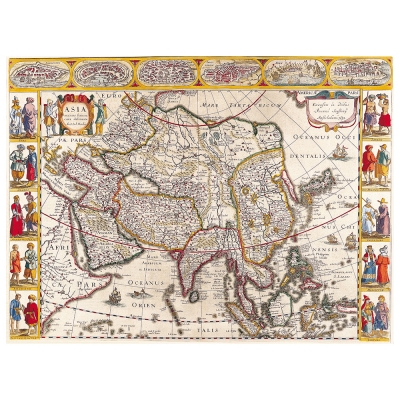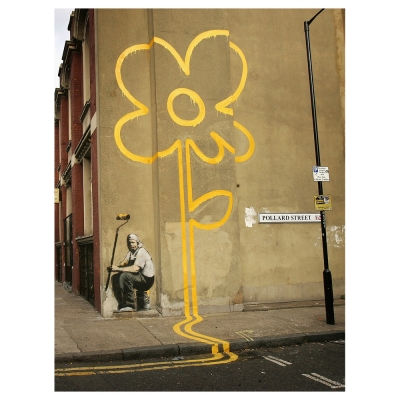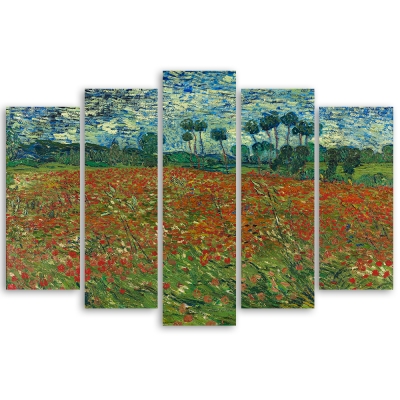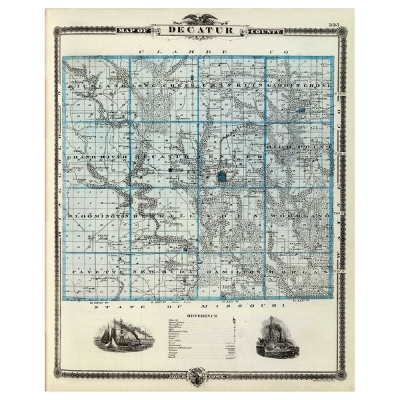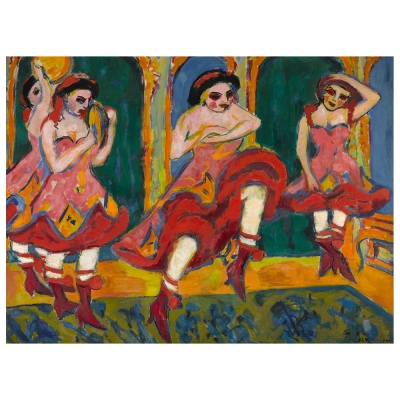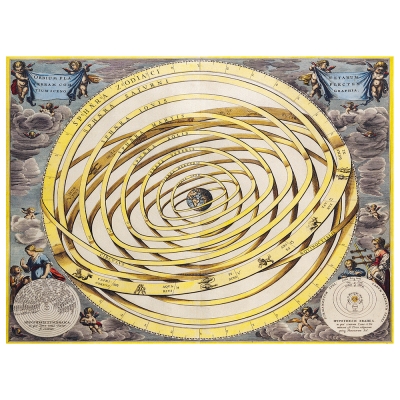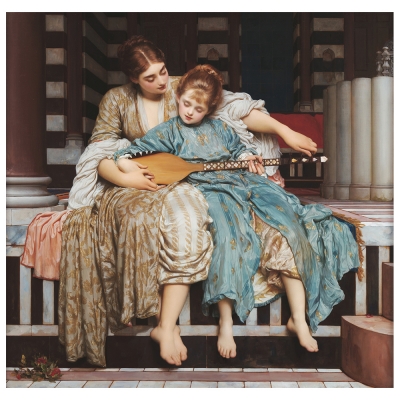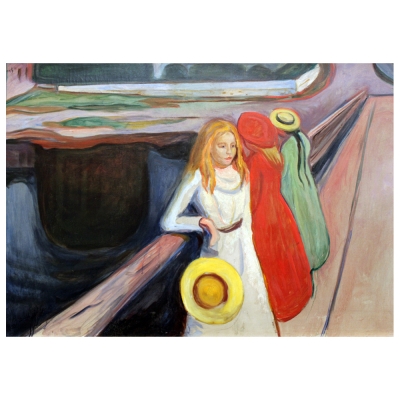Piet Mondrian, founder of Neoplasticism

25/07/2019
Born in Amersfoort, in the Netherlands, on 7 March 1872 and died in New York on 1 February 1944, Piet Mondrian, at the registry office Pieter Cornelis Mondriaan, together with Theo van Doesburg is the founder of Neoplasticism, a movement also known as De Stijl.
Geometric works with very clear colours distinguish this Dutch artist who represents his vision of reality in his abstract works.
The first steps towards painting
From a very young age he shows his artistic inclination and immediately after finishing his studies he becomes a much-appreciated master of drawing, while in 1892 he joins the Academy of Fine Arts in Amsterdam. Initially attracted and influenced by Vincent van Gogh and his technique far from academic dogmas, Piet Mondrian begins his artistic career preferring to paint "en plein air", representing nature, carrying on this preference even when he begins to approach abstractionism.
The removal to Paris and the new pictorial preferences
At the age of forty, Piet Mondrian moves to Paris in 1911, where he is fascinated by the works of Cézanne, while the following year he begins to approach Cubism. From this point on, the painter signs himself as Mondrian instead of Mondriaan, renouncing in a way both his Dutch origins and his previous training.
It is later that the artist begins to focus on geometric deconstruction, even if it is the formal structure of Cubism that attracts his attention, then he begins to strictly segment each linear trait into forms that take the path of Abstraction, creating fewer works and less material ones, composed of pure colours spread more homogeneously and preferring as subjects the roofs and facades of Parisian buildings to trees and other subjects previously considered.
The return to his homeland
When the world war begins, Piet Mondrian is forced to return home, where he meets Theo van Doesburg and with whom he founds the magazine De Stijl in 1917. On this magazine he begins to publish his ideas that aim to establish a new figurative language, so in 1920 Neoplasticism is born. The form chosen for his artistic expression become the rectangle, as totally absent of the ambiguity of the curve, moreover the straight lines, which meet and balance each other in the corners, begin to predominate.
Red, blue and yellow are the most widely used colours, alternating with non-colours such as grey and black in an extraordinary game of orthogonal planes, which find a perfect balance in the logical, pure and abstract reality.
The latest journeys, further changes to the pictorial style and death
In the following years Piet Mondrian continues his experiments and these, together with various events lead him first to Paris, then to London and finally to New York, where his works undergo a significant change: the black lines begin to disappear, leaving more and more room for red, yellow and blue, which give way to smaller and more rhythmic rectangles.
It is in New York that Piet Mondrian dies, caught by a pneumonia, but his works have influenced many artists and different sectors.
Article by: Aurora Caraman

